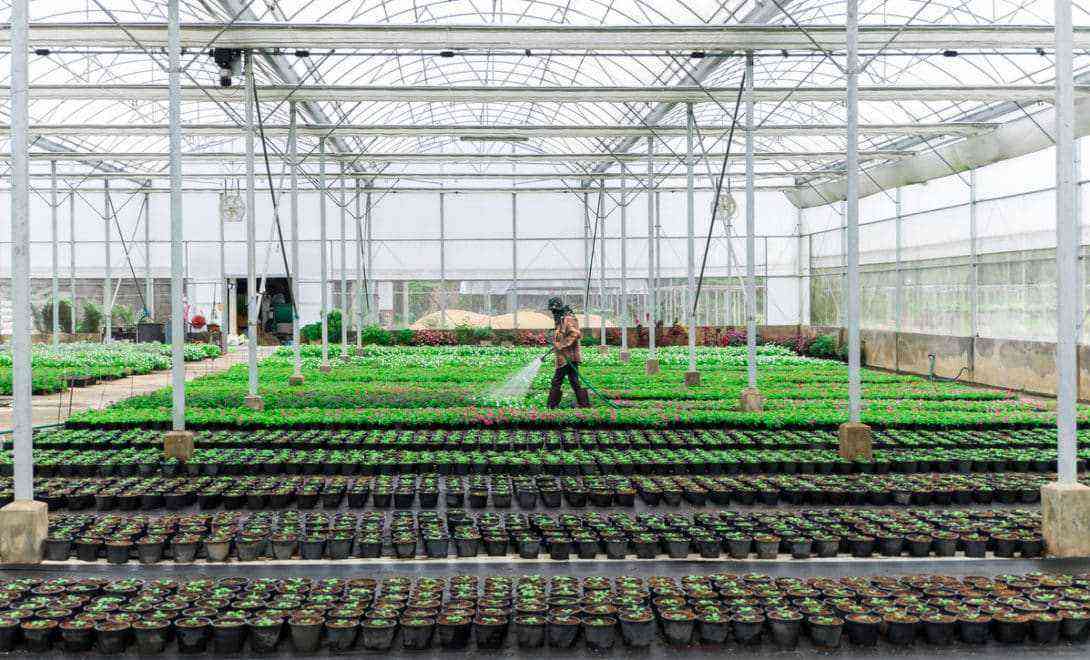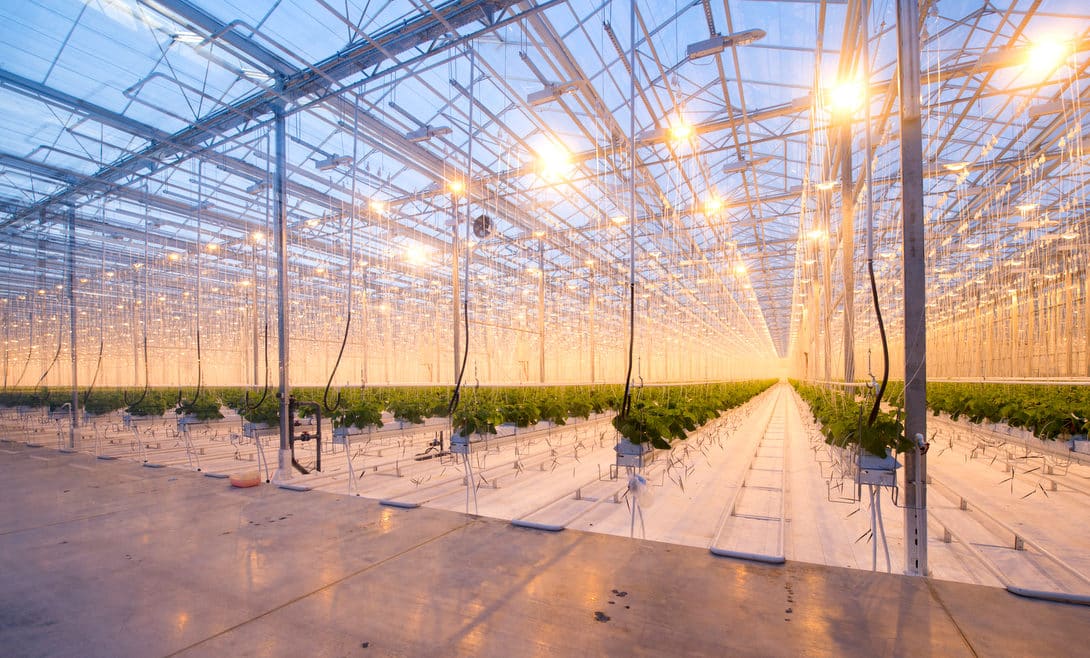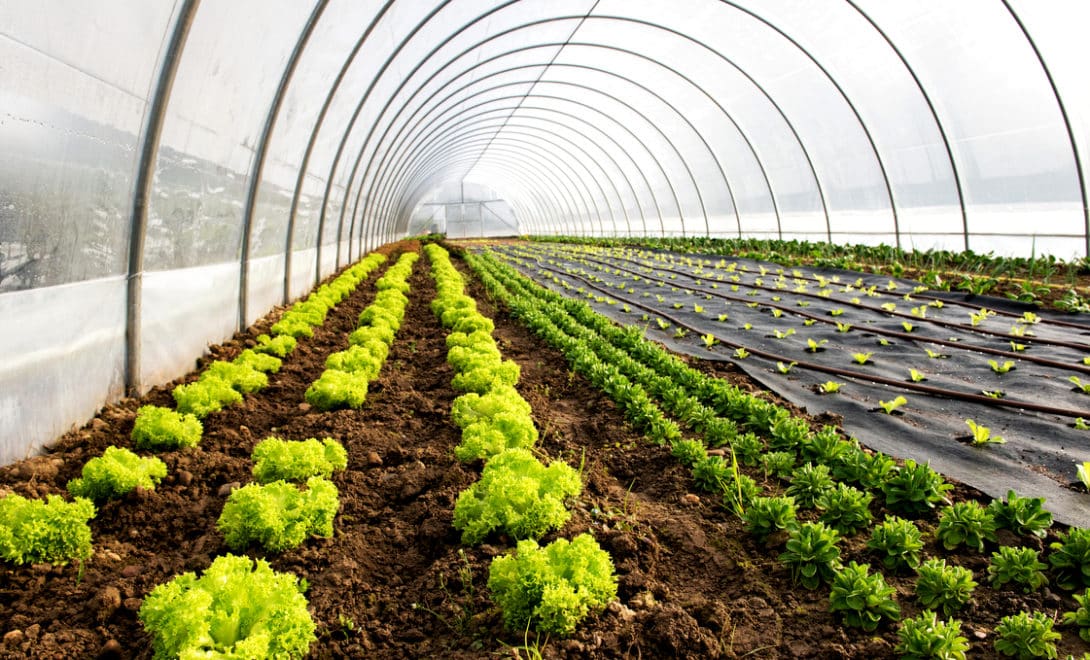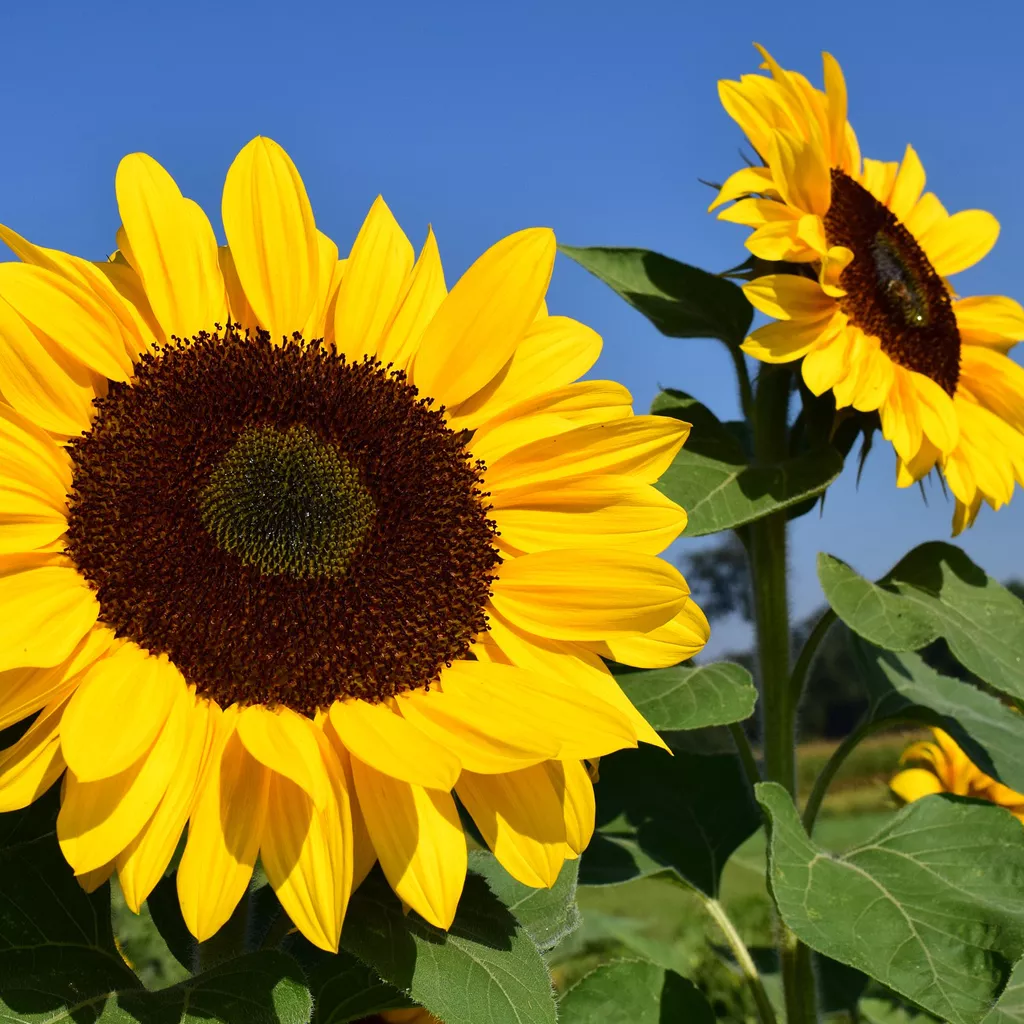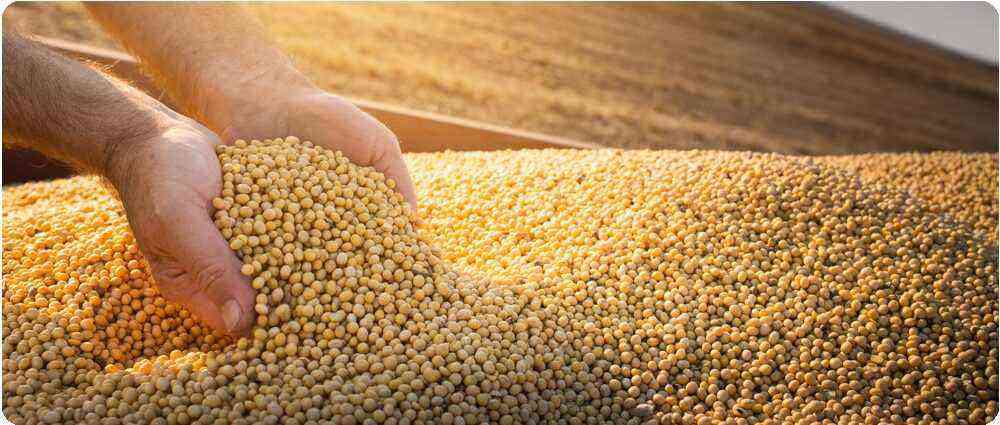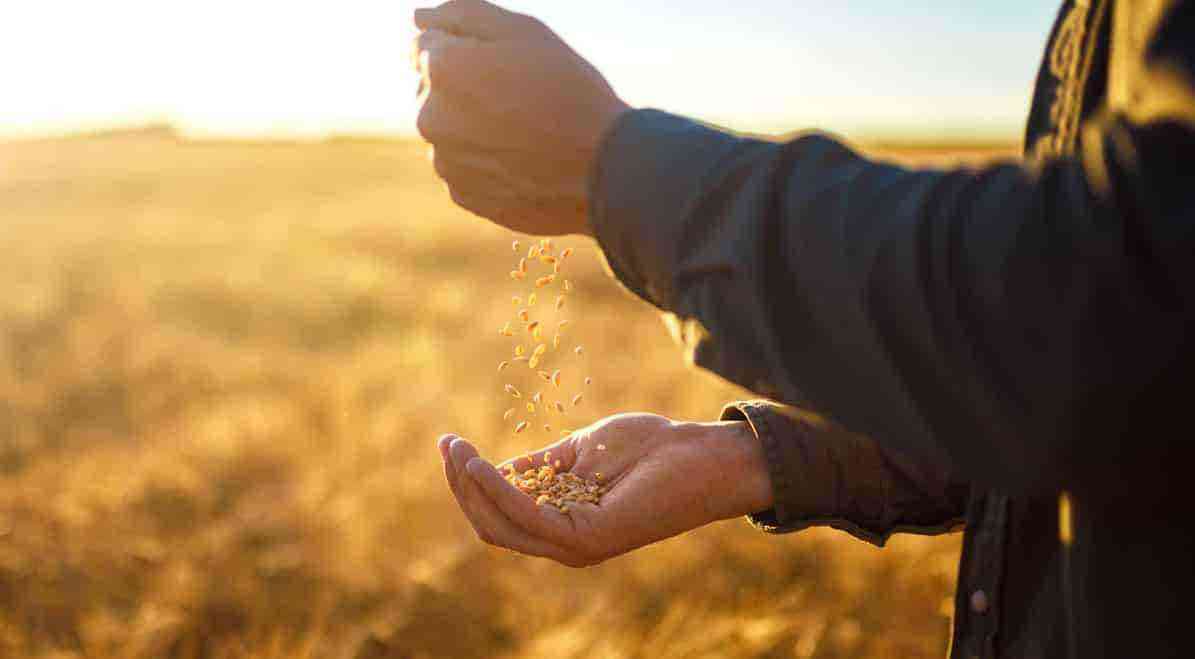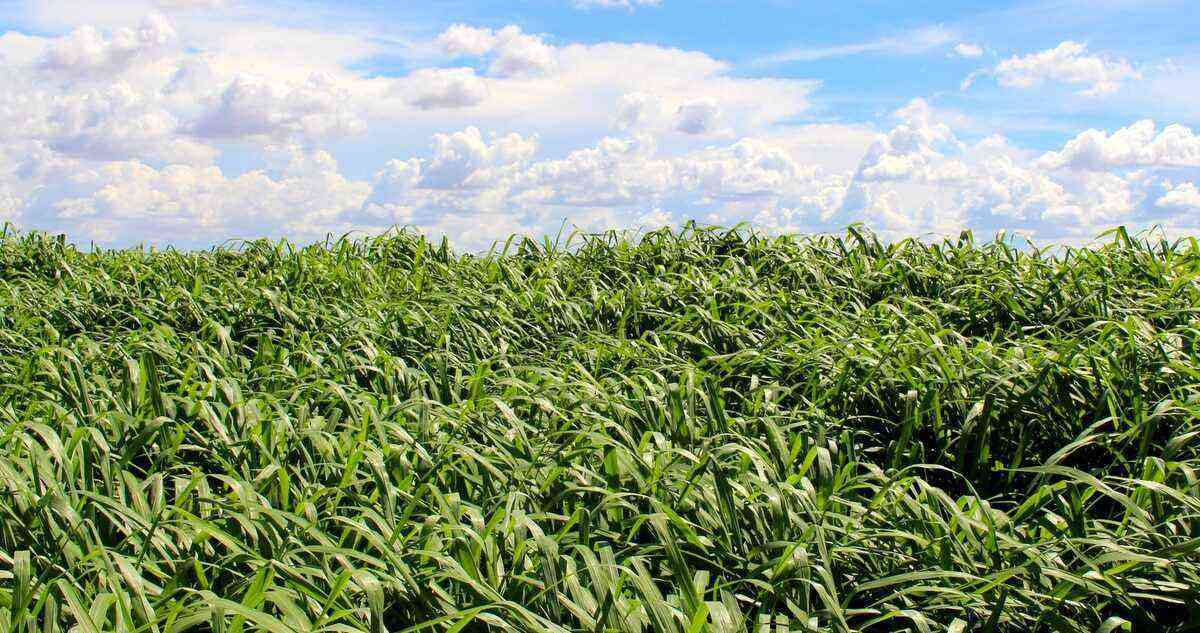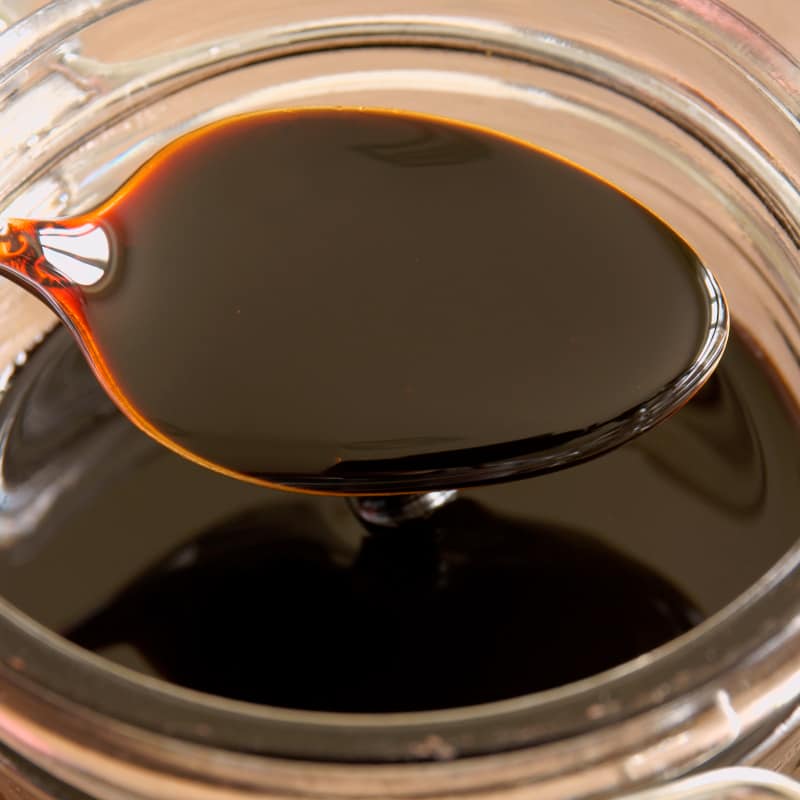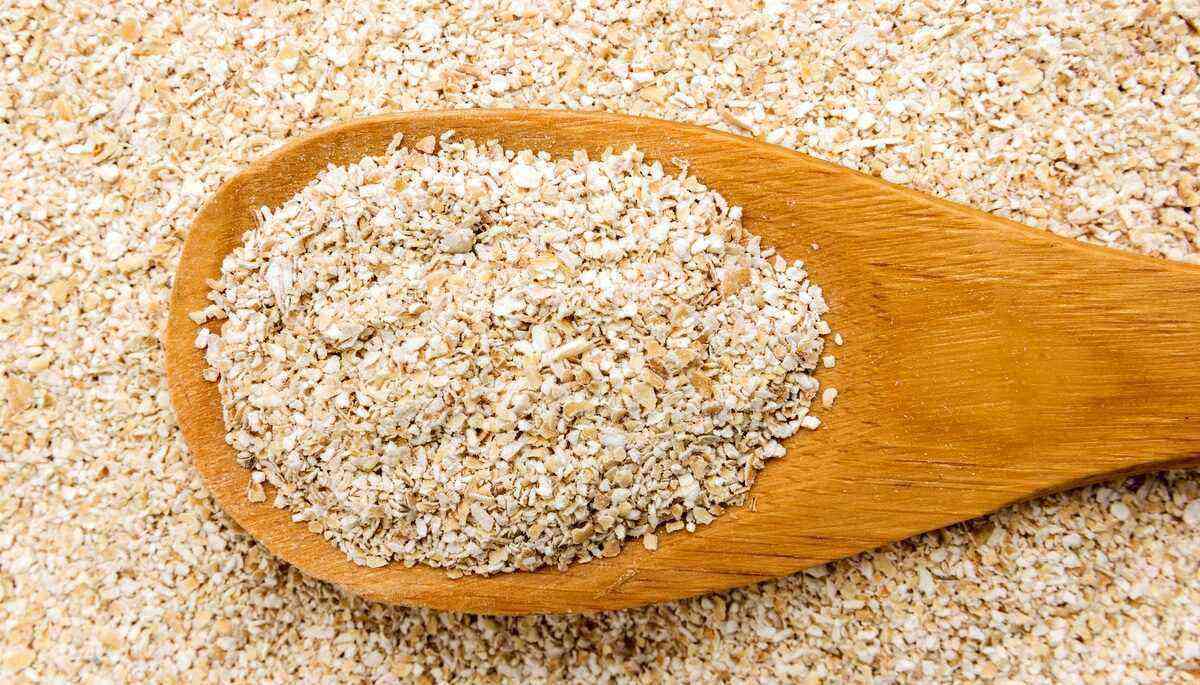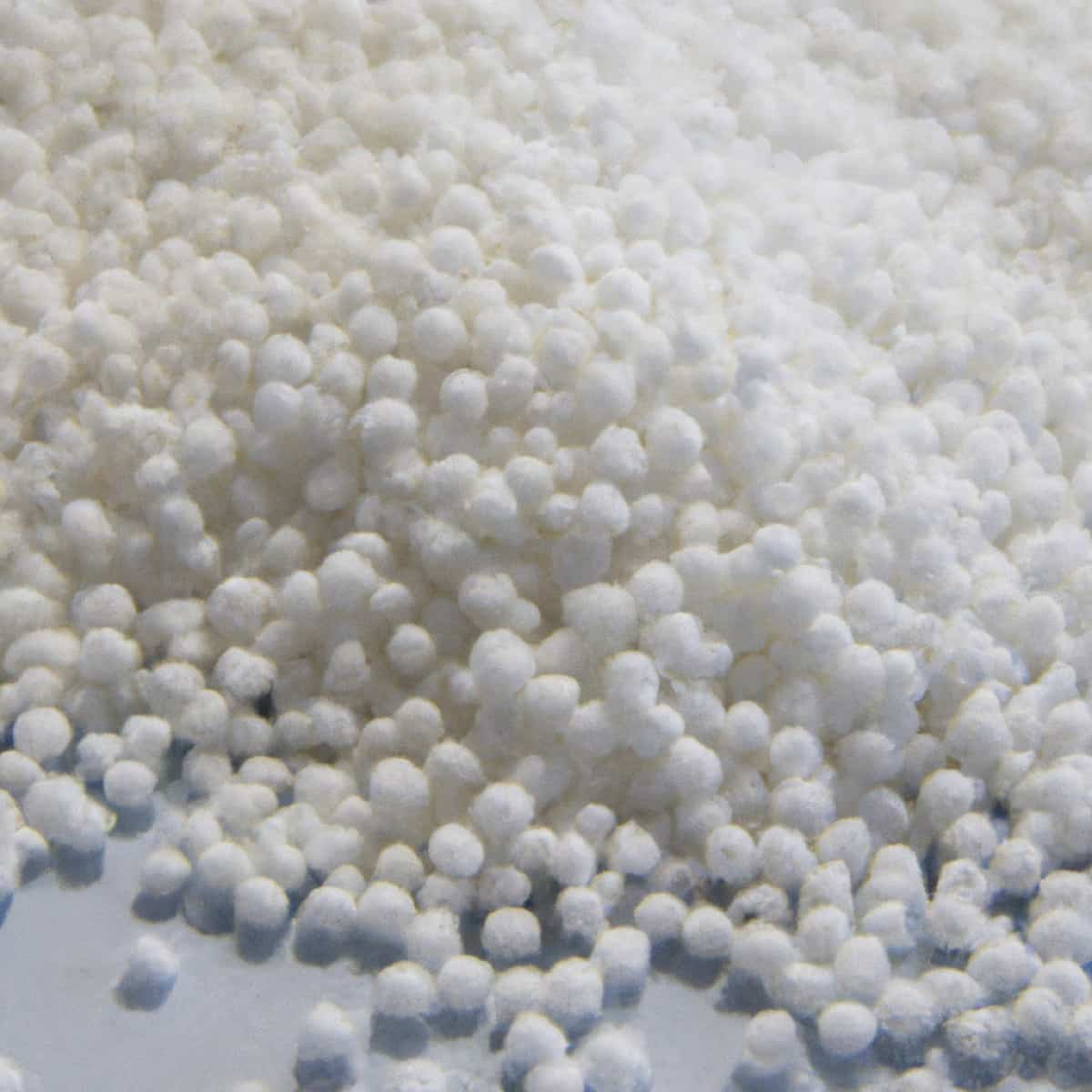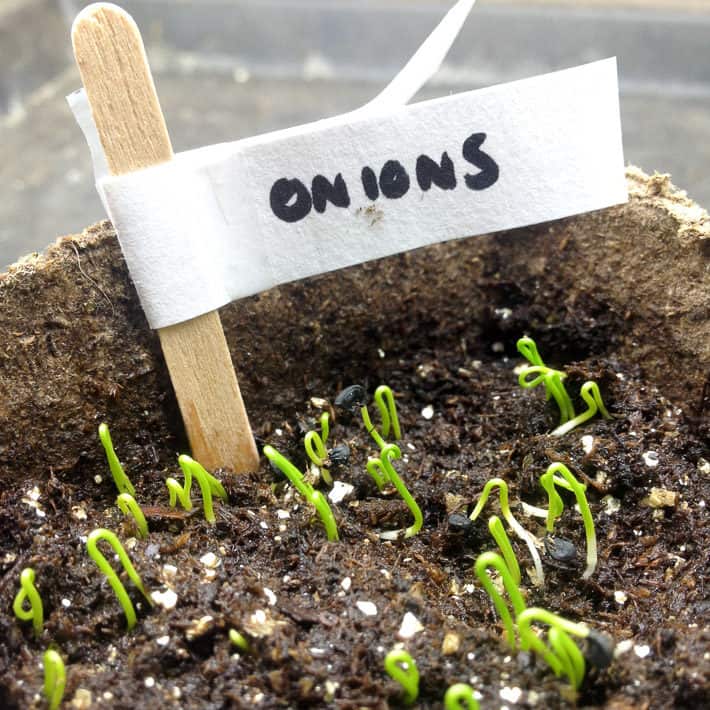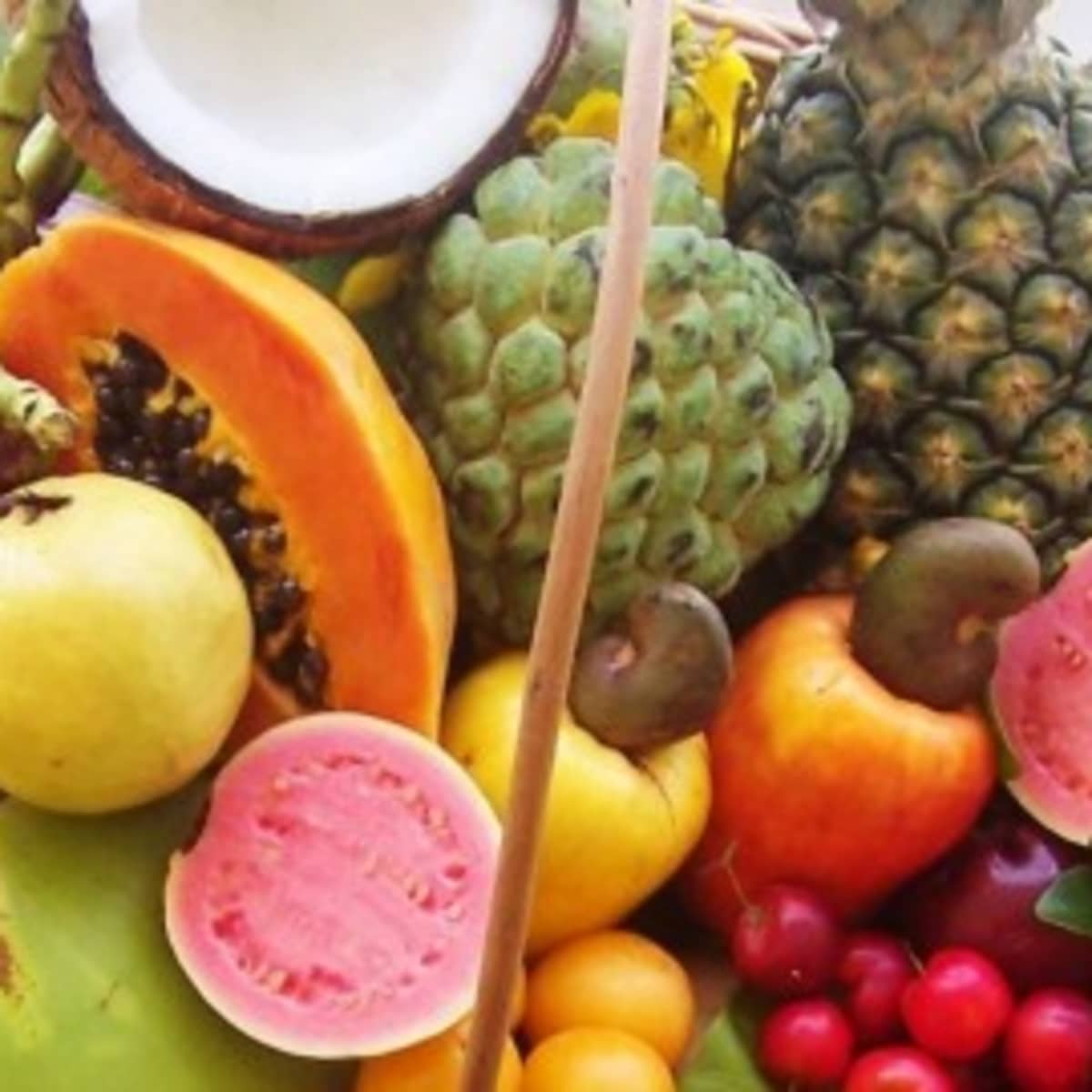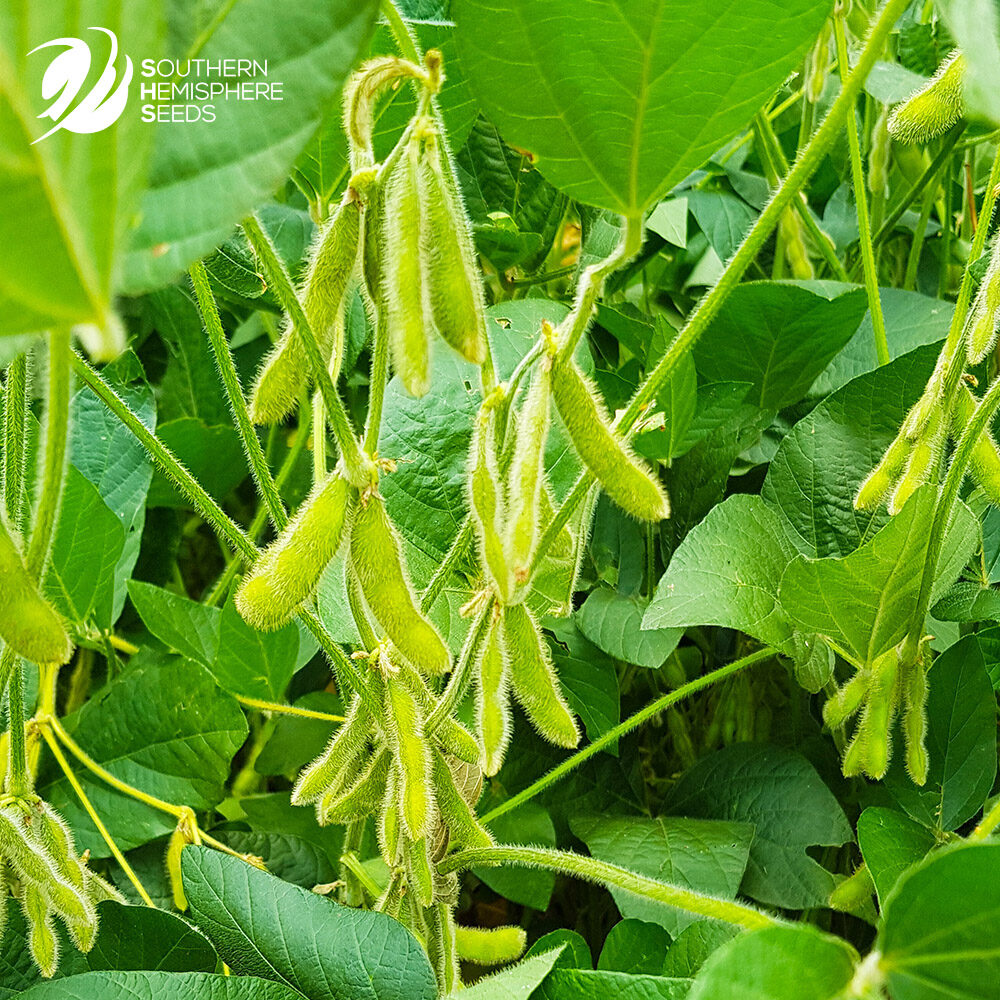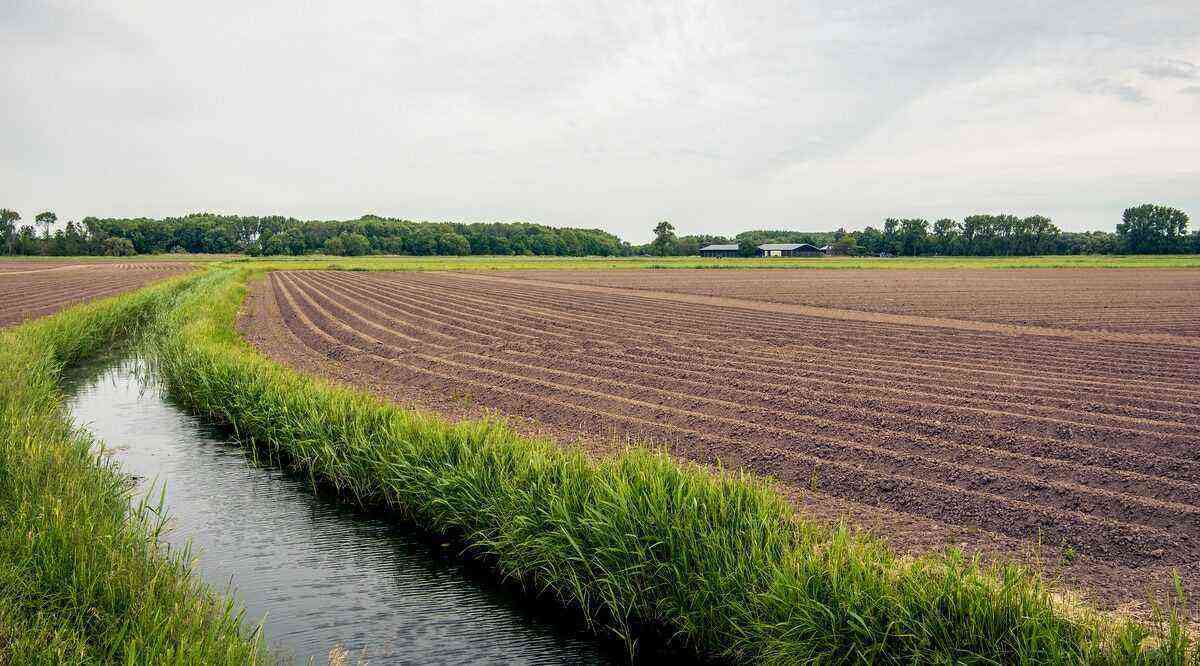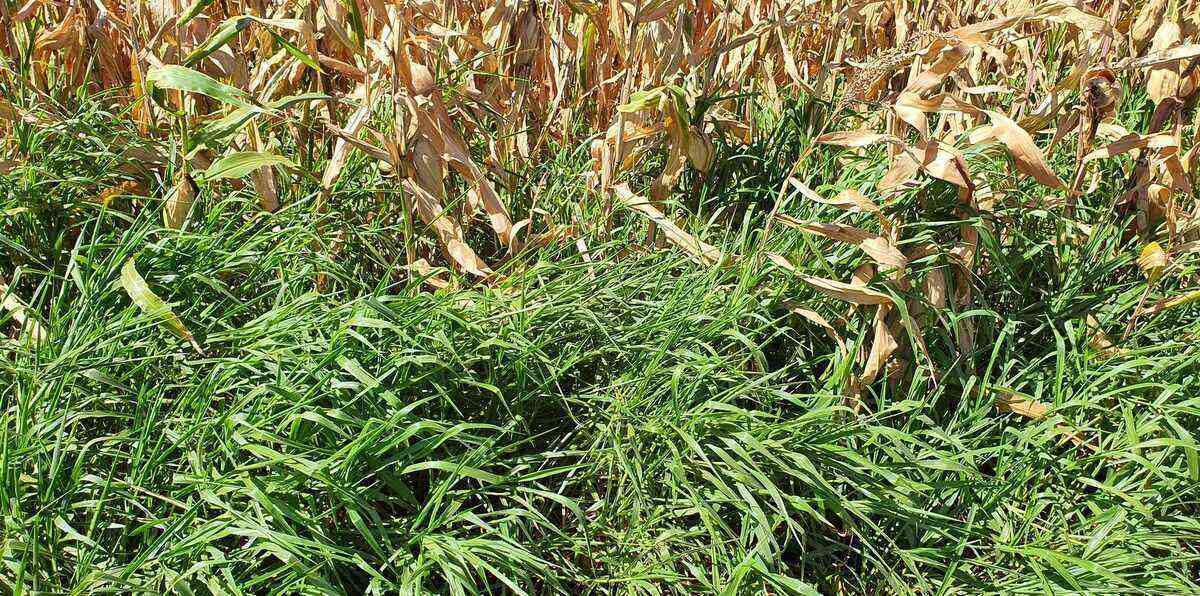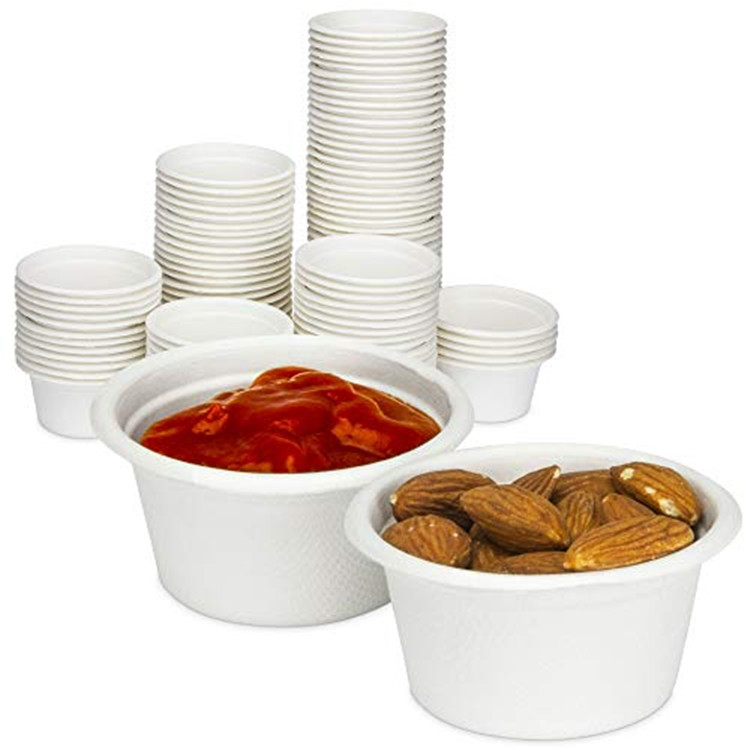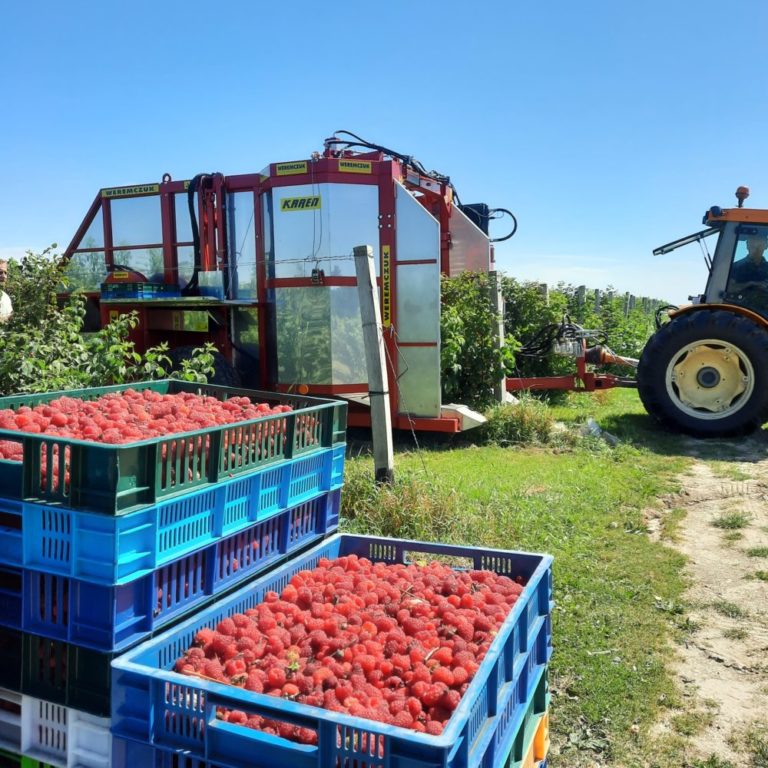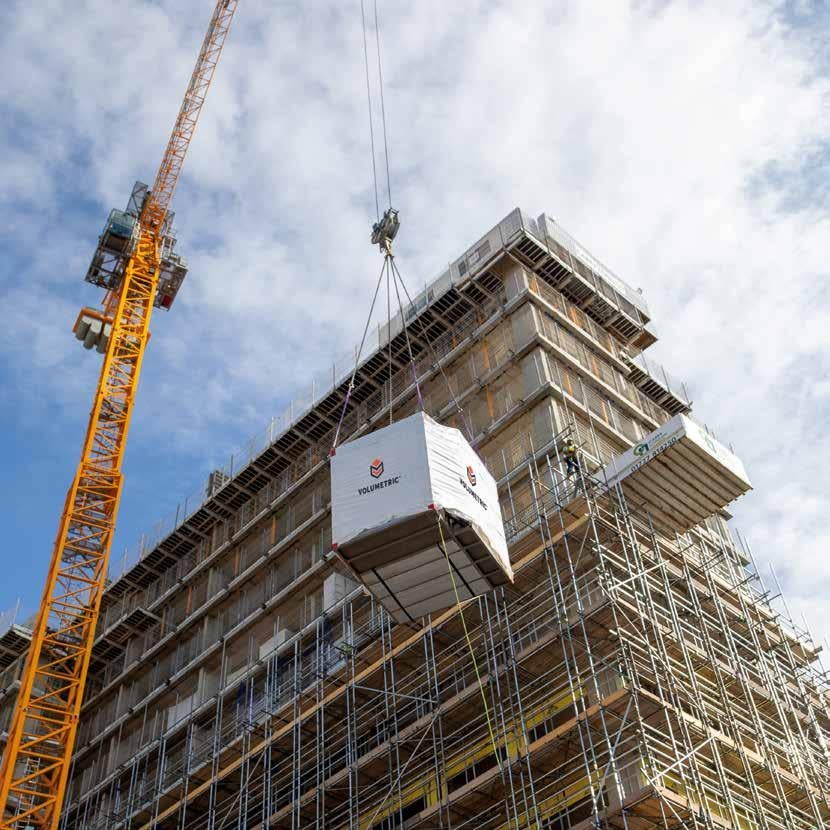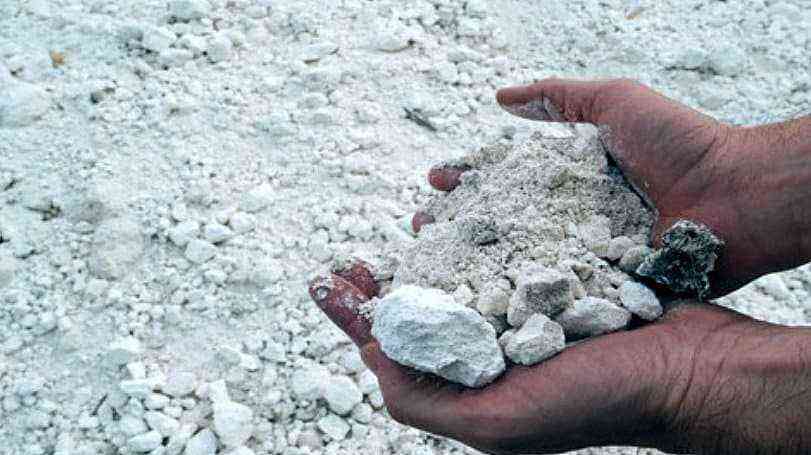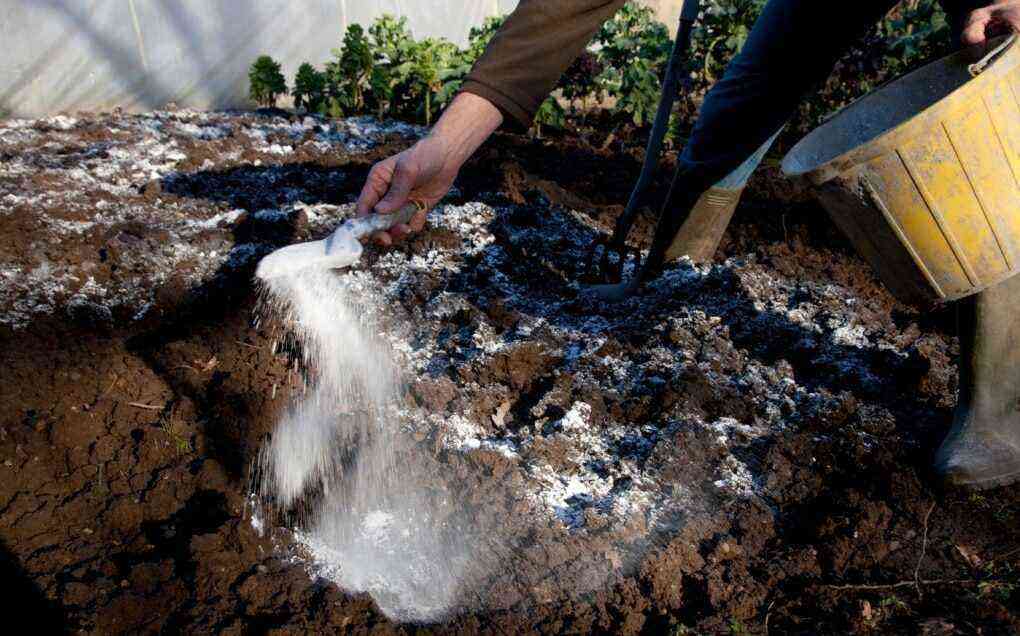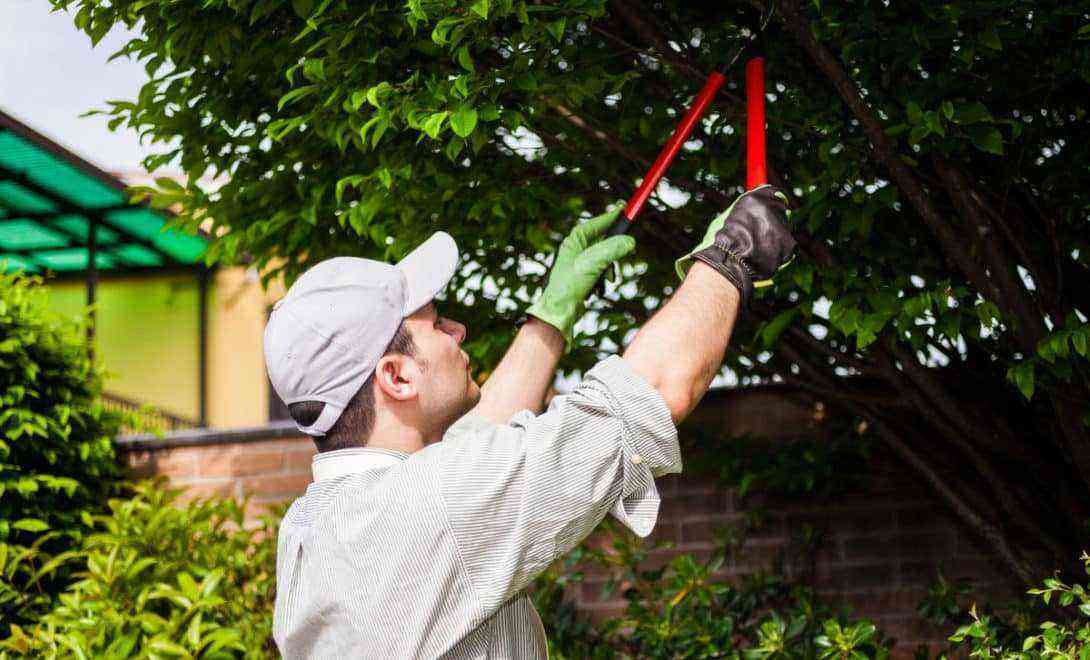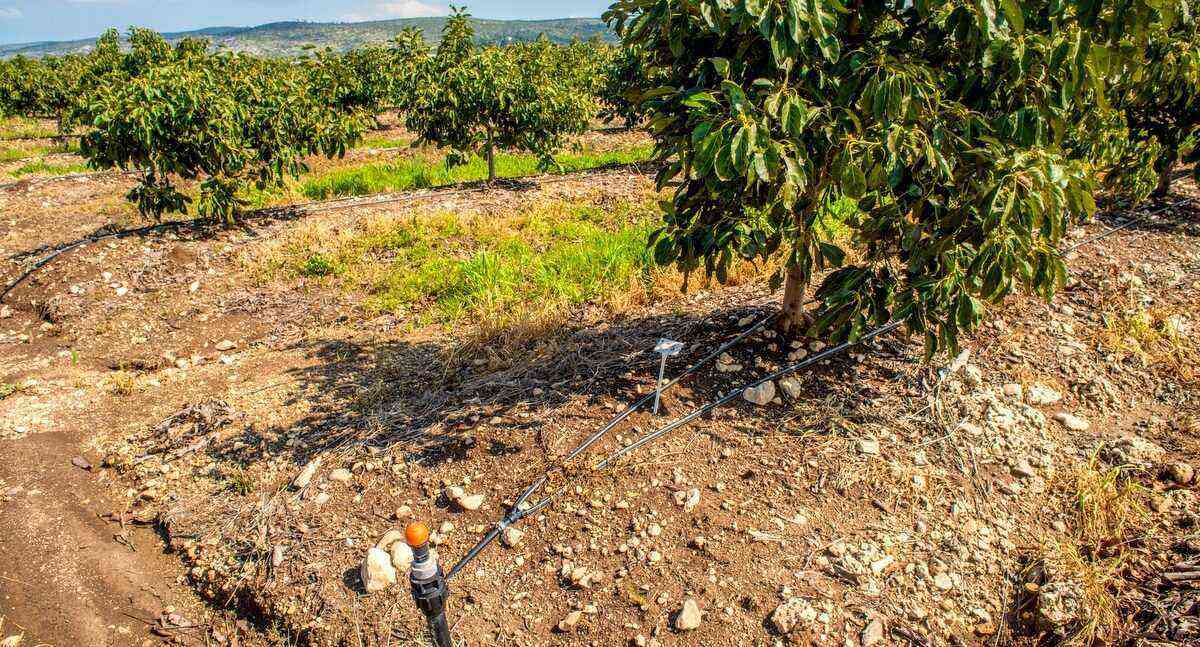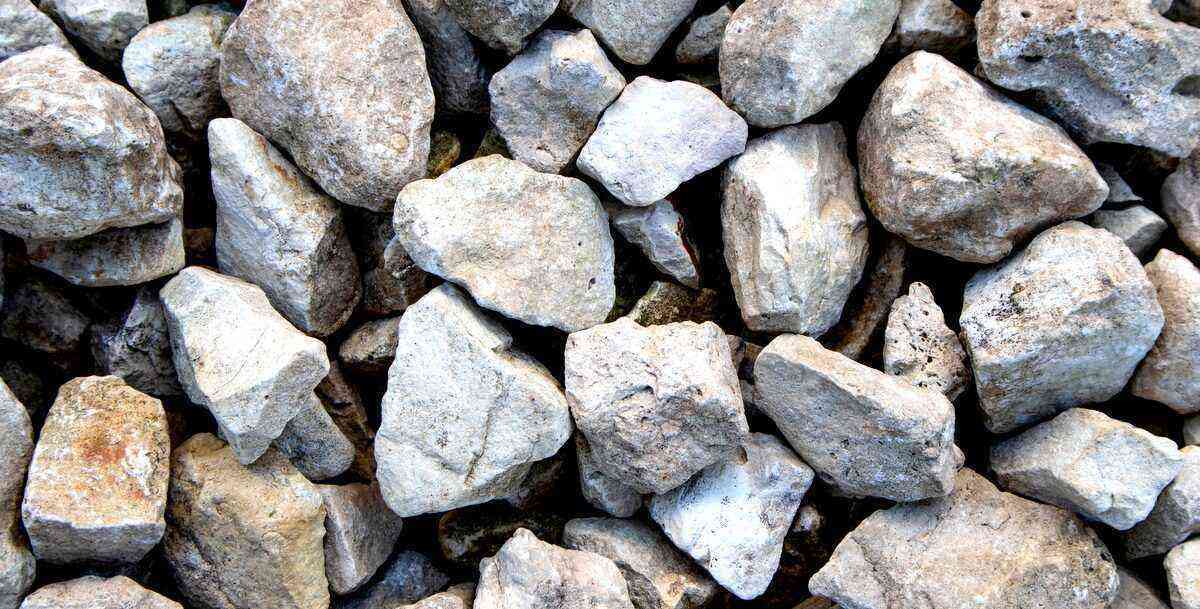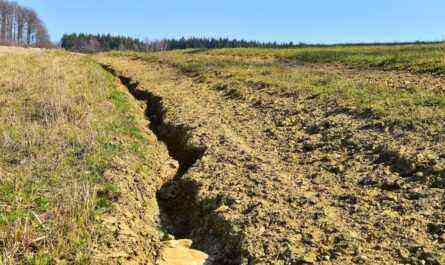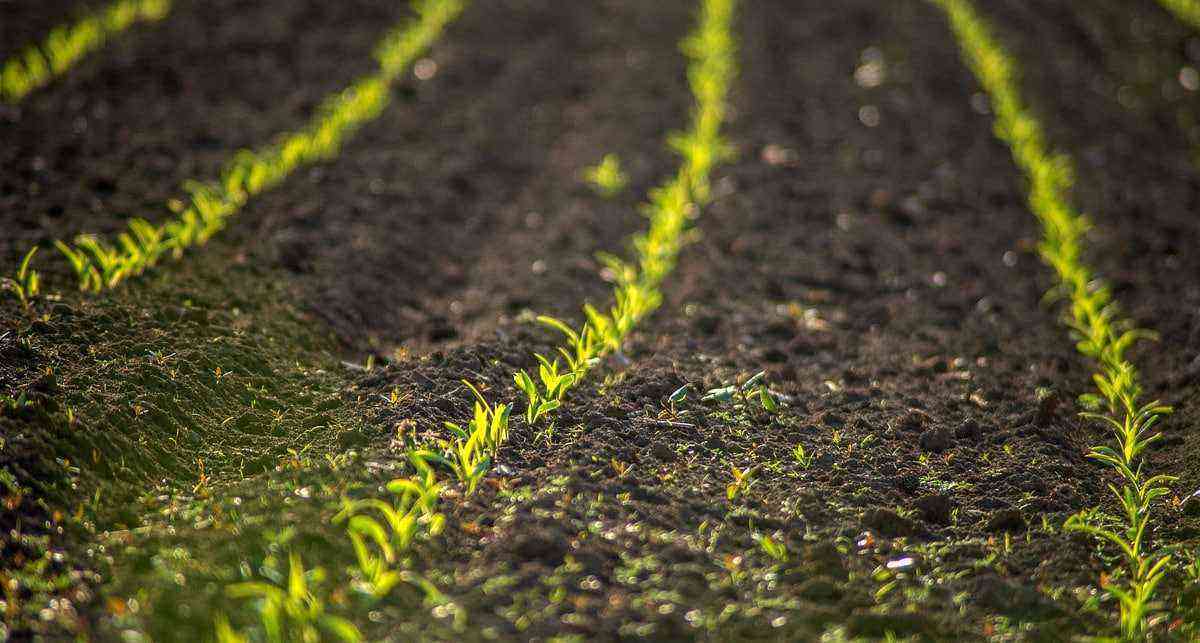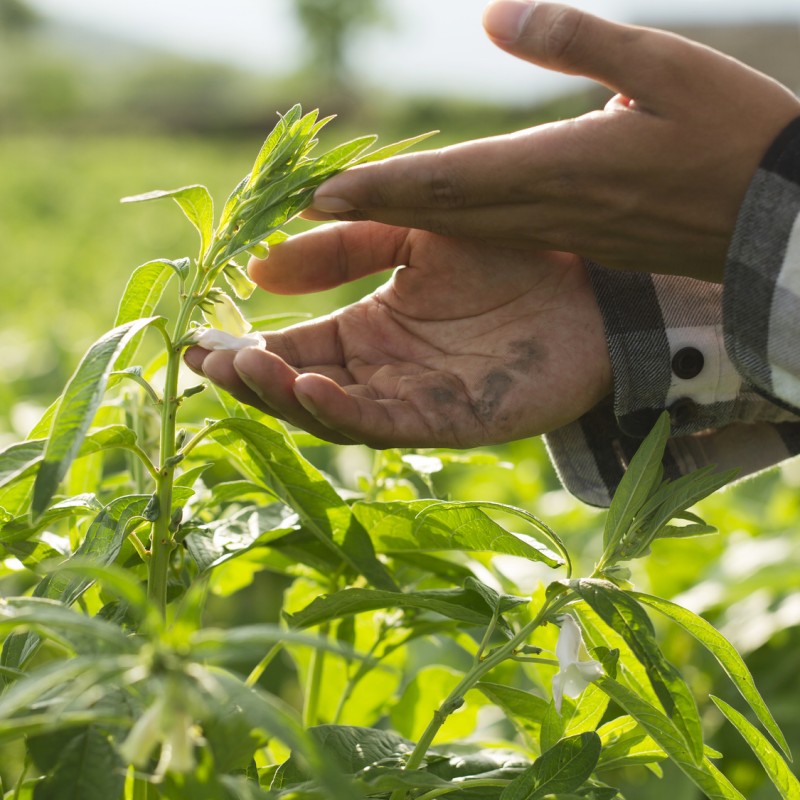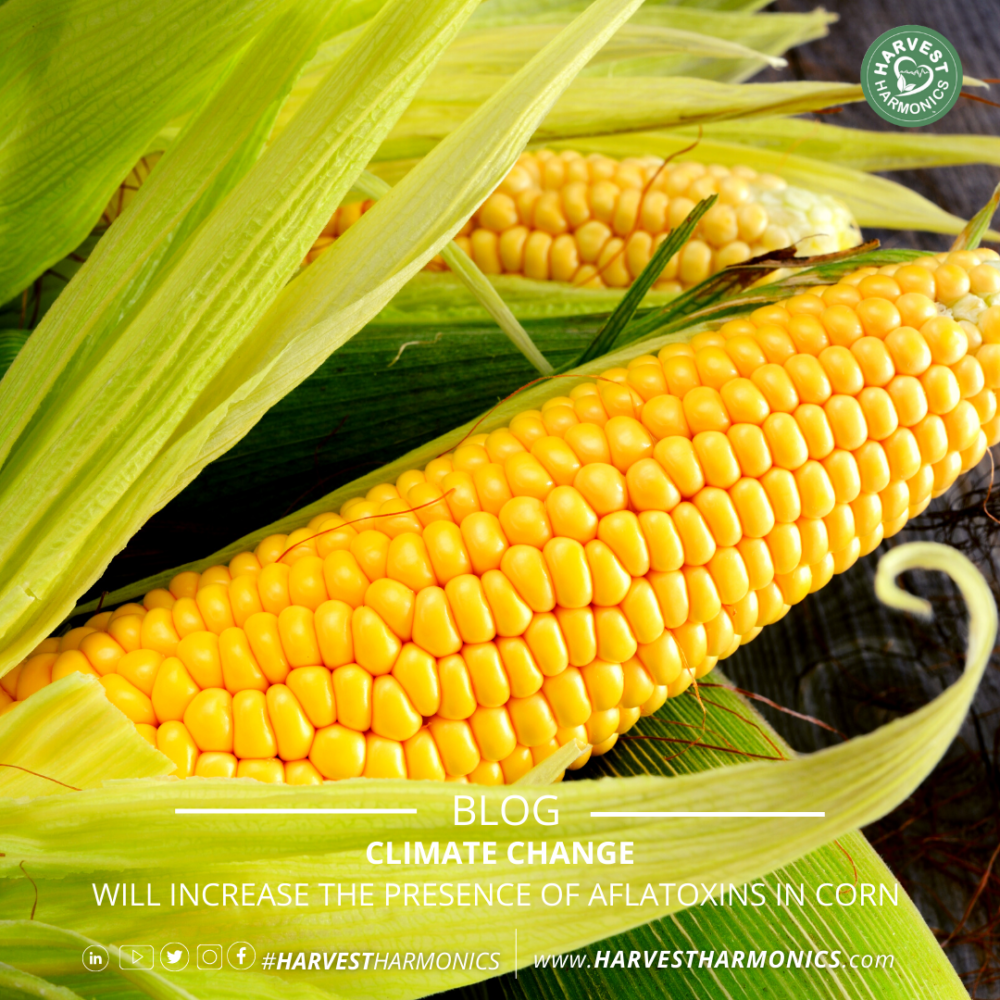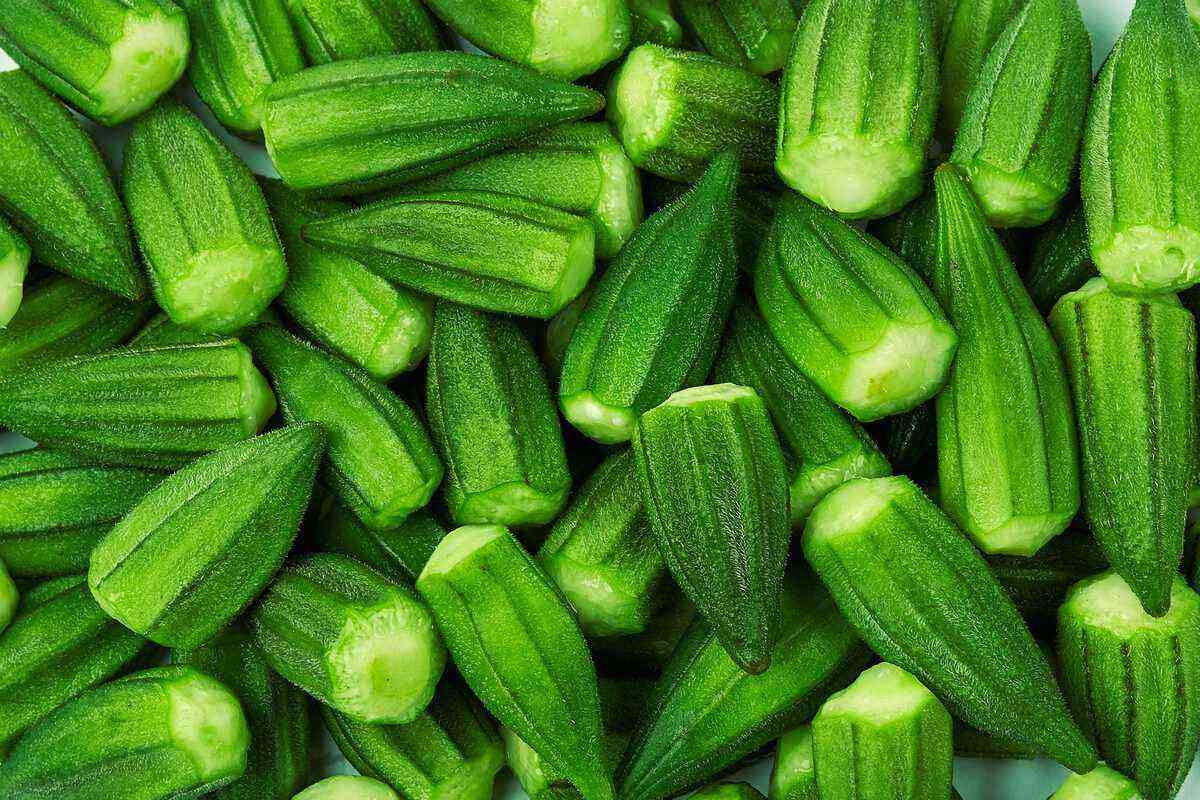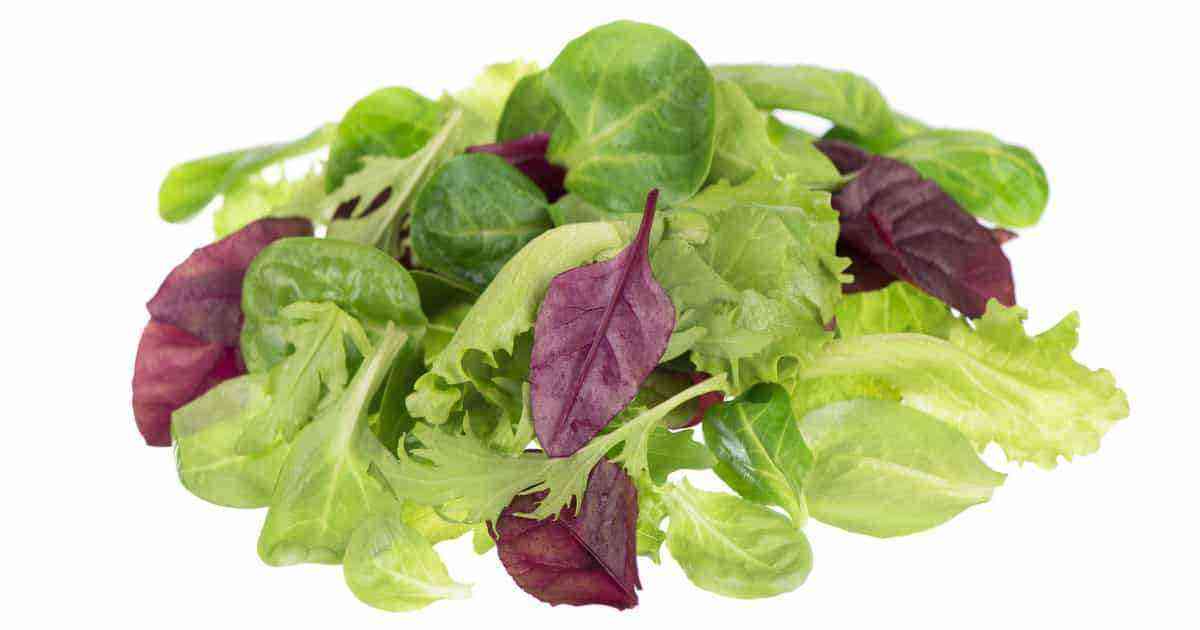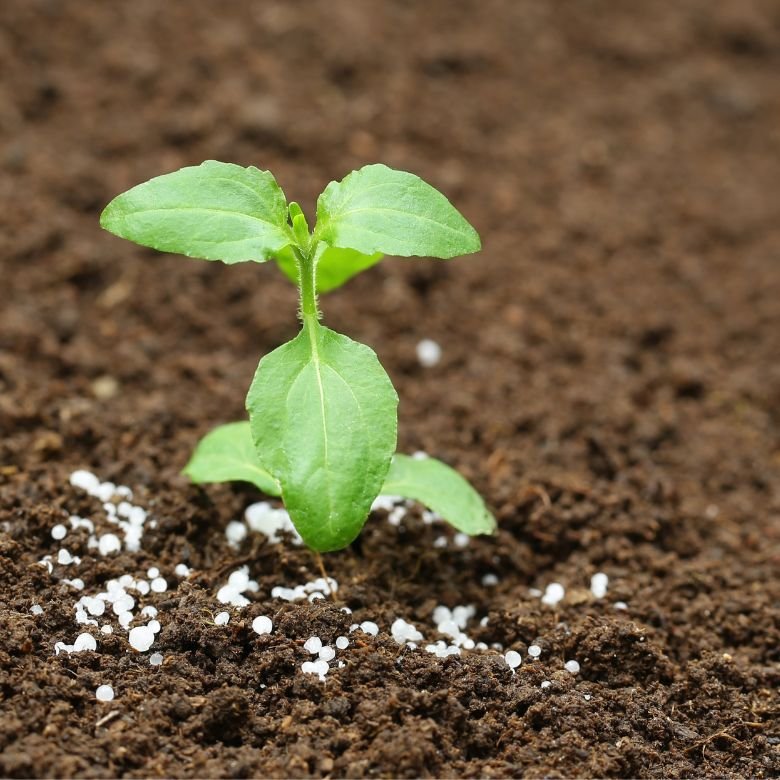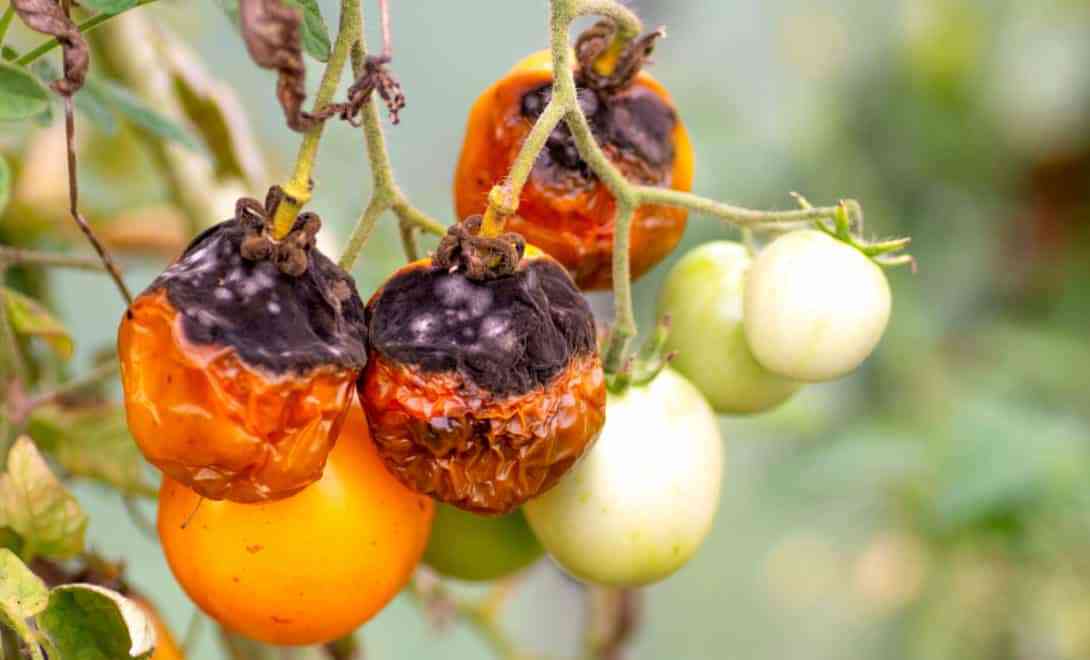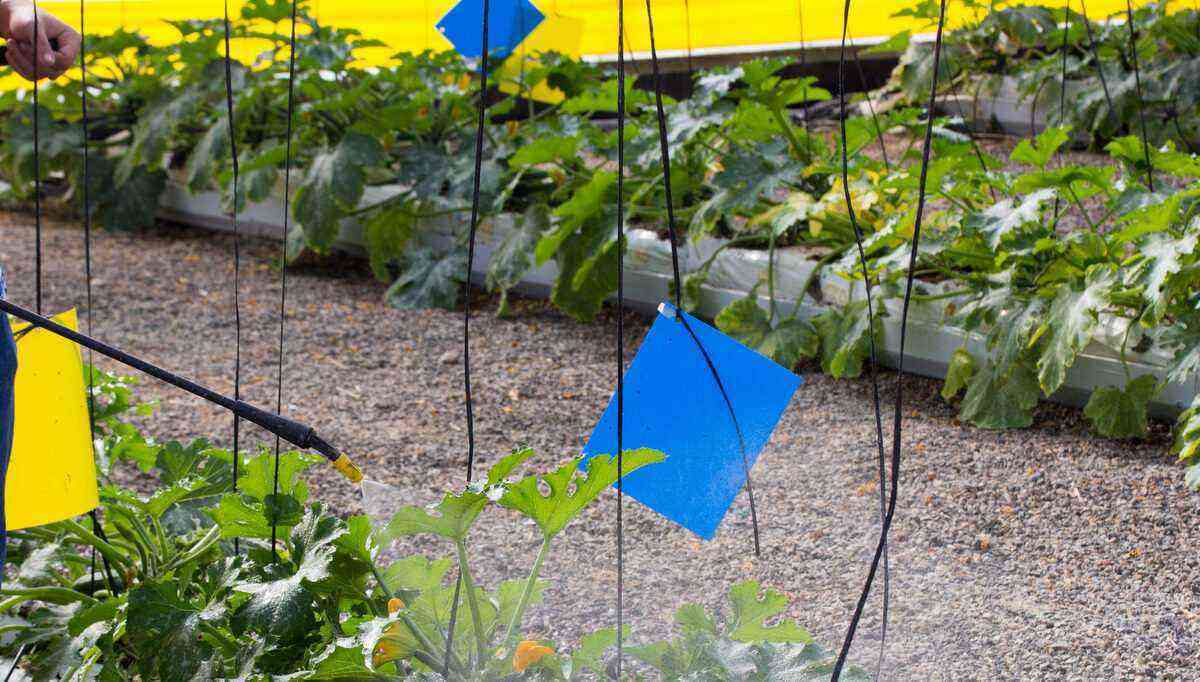Do you know what a greenhouse for plants is for? At first, greenhouses were structures made to absorb and maintain the heat of the sun for a longer time, so that it was possible to grow tropical plants in cold places or out of season.
However, over time, this name also started to be used to designate supports made to protect plants from external factors, be they excessive rain, wind, or even protect from the sun itself and from the occurrence of diseases and pests.
Nowadays, greenhouses are mainly used to grow vegetables, flowers and seedlings. In this sense, they represent an environment developed in order to provide better conditions for plant growth.
In this article, we are going to talk about the different types of greenhouses, what they are for, the factors to consider when making a homemade greenhouse and also the advantages of using them. Check out!
stove types
There are several types of greenhouses, which vary in sizes, shapes, materials, technology levels: each with its own purpose.
They can range from simple structures, made of arch and plastic, with cultivation directly in the soil, they can be of more resistant materials, made to last for more than a decade, or even highly technological structures, with automated temperature, lighting and irrigation controls.
Greenhouse for the production of flowers with a concrete base and a metal foundation, semi-automated with ventilation system and shade, manual irrigation and without artificial lighting.
The greenhouses also have different formats, being the tunnel types (low, medium and high) and chapel the most used, also varying in the geometry of the roof, which may or may not have openings for ventilation.
In terms of automation, it may not have any, which is the most common in home or small and medium-sized commercial crops, it may be semi-automated, with light and an exhaust system, and it may be extremely technological, with climate controls, specific containers for planting, among other tools.
What are the main uses of agricultural greenhouses?
Just as there are a whole variety of types of greenhouses, it is no different with the functions they perform.
Perhaps one of the most widespread uses of the greenhouse is in the production of seedlings, since it provides more favorable climatic conditions for the initial development of a plant, in addition to protecting them from attacks by pests and the occurrence of diseases, since the health of the seedlings is an extremely important factor for its commercialization.
Greenhouses are also widely used in the cultivation of vegetables, flowers, orchids and even some fruits such as strawberries, in order to protect plants from direct sunlight. In some regions of Brazil, the greatest use of greenhouses is in the function of protecting the crop from excessive rainfall.
Automated greenhouses are generally used in universities and research institutions, as they allow a level of environmental control that is necessary for some studies on physiological aspects of plants.
Nor can we forget about the hydroponic cultivation that takes place in greenhouses, as well as the production of mushrooms. The forestry sector also makes extensive use of these structures.
Automated greenhouse for growing vegetables in a hydroponic system.
How to build a greenhouse for plants?
As we said earlier when talking about the types of greenhouses, they can be made of different materials. Before building a greenhouse, pay attention to the needs of the plants you are going to grow, as each material can create a different microclimate.
It is also important to pay attention to the climatic characteristics of the growing region, as well as the solar incidence in the place where the greenhouse is installed. The type and thickness of the material must be defined considering the region where the structure will be used, that is, factors such as wind and temperature are decisive in the choice.
The materials commonly used in the construction of the greenhouse foundation are wood, bamboo, PVC, iron, metal, aluminum and even concrete.
Tunnel-type greenhouse, built with PVC arches and transparent plastic, for growing vegetables directly on the ground.
In roofing, glass has been widely used, but today other materials are used, such as polycarbonate, polyvinylchloride (PVC), ethylene vinyl acetate (EVA), and low-density polyethylene (LDPE), in addition to of plastic.
Most of the materials used in the roof are transparent, so that sunlight can enter and thus allow the plants to grow. However, in some cases plastics of other colors can be used. If the intention is to protect the plants from direct sunlight, shades are also used.
In addition, resistant tarpaulins of proven quality are used, with additives that protect against heat and excessive solar radiation. They degrade less and are more cost-effective, resulting in greater long-term savings.
Next, check out the step-by-step video on how to make a portable homemade greenhouse:
What are the main advantages of agricultural greenhouses?
One of the main advantages of investing in agricultural greenhouses is the possibility of growing plants “out of season”, which allows the producer not to be held hostage by the seasonality of his region.
In this way, they bring the benefit of being able to meet market consumption demands in different seasons and in regions that do not provide adequate conditions for the planting of a certain species, in addition to providing an increase in income to the producer.
The second advantage that the agricultural greenhouse offers is the economy when it comes to irrigating the plantation. Because it is a controlled environment, irrigation can be done in a more specific and economical way, giving up a large amount of water.
Greenhouse with automated irrigation system in action. It is possible to program the amount of water, as well as the time, duration and frequency of irrigation.
The third advantage is the increase in the quality of the products. This is due to greater climate control, which provides better performance in plant development. In addition, productivity can have a considerable increase, which ends up generating greater profitability for the producer.
The fourth advantage of agricultural greenhouses is pest control and protection. Compared to open field plantations, this type of crop has a much lower incidence of pests. And, when this occurs, it is easier and faster to control, which leads to the fifth advantage, which is the reduction in the use of pesticides.
Polycarbonate greenhouse built in a garden with tomato and cucumber cultivation.
Finally, the last of the advantages is the sustainability that agricultural greenhouses provide to the environment. They reduce the environmental impacts that conventional crops often cause (use of water and pesticides, for example). Therefore, it is a cleaner and more sustainable production.
Did you like this post and want to read more content like this? We suggest the article that addresses hydroponics, a technique that has been attracting more and more rural producers. Good reading!
